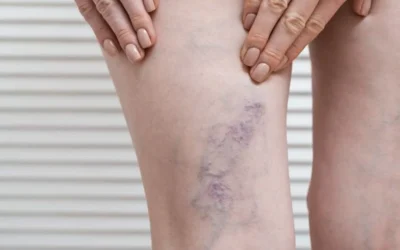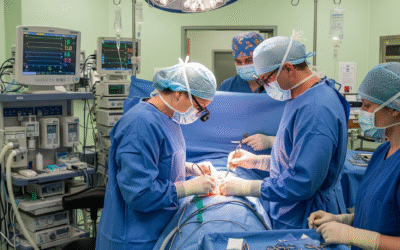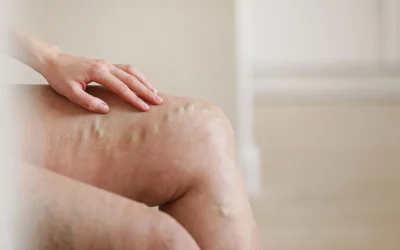Vascular health is crucial for overall well-being. In Ecuador, attention to vascular diseases has advanced significantly, thanks to the availability of highly trained professionals and modern surgical techniques. This article addresses key aspects of vascular surgery, from diagnostic processes to treatments and post-operative care, focusing on the options available in our country.
Diagnosis and Evaluation in Vascular Surgery
The first step in treating any vascular disease is an accurate diagnosis. In Ecuador, various diagnostic tools are used to assess the condition of blood vessels, including:
-
- Physical examination: A detailed examination of the patient is essential.
-
- Doppler ultrasound: This non-invasive technique allows visualization of blood flow and detection of obstructions.
-
- Angiography: Contrast is injected, and X-rays are taken to visualize the blood vessels in detail.
-
- CT angiography and MR angiography: These advanced imaging techniques provide three-dimensional images of the blood vessels.
For a complete evaluation, it is essential to seek experienced professionals. Dr. Juan Carlos Peralvo, with his background in vascular surgery, offers precise and personalized diagnoses. Visit our contact page for more information.
Treatments and Surgical Procedures
The treatment of vascular diseases varies depending on the patient’s condition. In Ecuador, a wide range of procedures are offered, including:
-
- Bypass surgery: A new pathway is created for blood to circulate around an obstructed artery.
-
- Angioplasty and Stent Placement: The obstructed artery is dilated, and a stent is placed to keep it open.
-
- Varicose vein treatment: Includes procedures such as sclerotherapy, vein surgery, and radiofrequency ablation.
-
- Aneurysm surgery: The weakened part of the artery is repaired or replaced.
The choice of treatment will depend on the diagnosis and the patient’s needs. Dr. Peralvo and his team focus on offering personalized and cutting-edge options. For a detailed consultation, you can visit our services section.
Post-operative Care and Recovery
After vascular surgery, post-operative care is essential for a successful recovery. This care may include:
-
- Blood pressure control: Maintaining blood pressure within healthy ranges is crucial.
-
- Pain control: Adequate pain management helps recovery.
-
- Wound care: It is essential to keep the wound clean and dry.
-
- Physical therapy: Can help improve mobility and strength.
-
- Medications: Medications may be prescribed to prevent blood clots and control other risk factors.
It is essential to follow the vascular surgeon’s instructions and attend all follow-up appointments. Recovery may vary, but with proper care, many patients can regain an active and healthy life. For more information on post-operative care, you can consult resources such as the Mayo Clinic.
Importance of Prevention
Prevention plays a key role in vascular health. Adopting a healthy lifestyle, including a balanced diet, regular exercise, and avoiding smoking, can significantly reduce the risk of developing vascular diseases. In Ecuador, it is important to be aware of warning signs, such as leg pain when walking, swelling, or changes in skin color. If you experience any symptoms, it is recommended to seek medical attention immediately.
At www.juancarlosperalvo.com, you will find valuable information on vascular health and the services we offer in Ecuador. Your vascular health is our priority!




